Dyslexia is a learning disorder affecting a person’s reading, writing, and spelling ability. There are many ways teachers can support dyslexic students, including allowing them to use digital tools. Many digital tools and assistive technologies have emerged, making it easier than ever for dyslexic students to succeed in school.
Let’s look at some of the most effective digital tools tailored for dyslexic students.
1. Text-to-Speech Tools
Natural Reader is a text-to-speech tool that can convert any written text, such as MS Word, a website, PDF files, and emails, into spoken words. It offers a range of natural-sounding voices, allowing dyslexic students to listen to content rather than solely relying on reading.
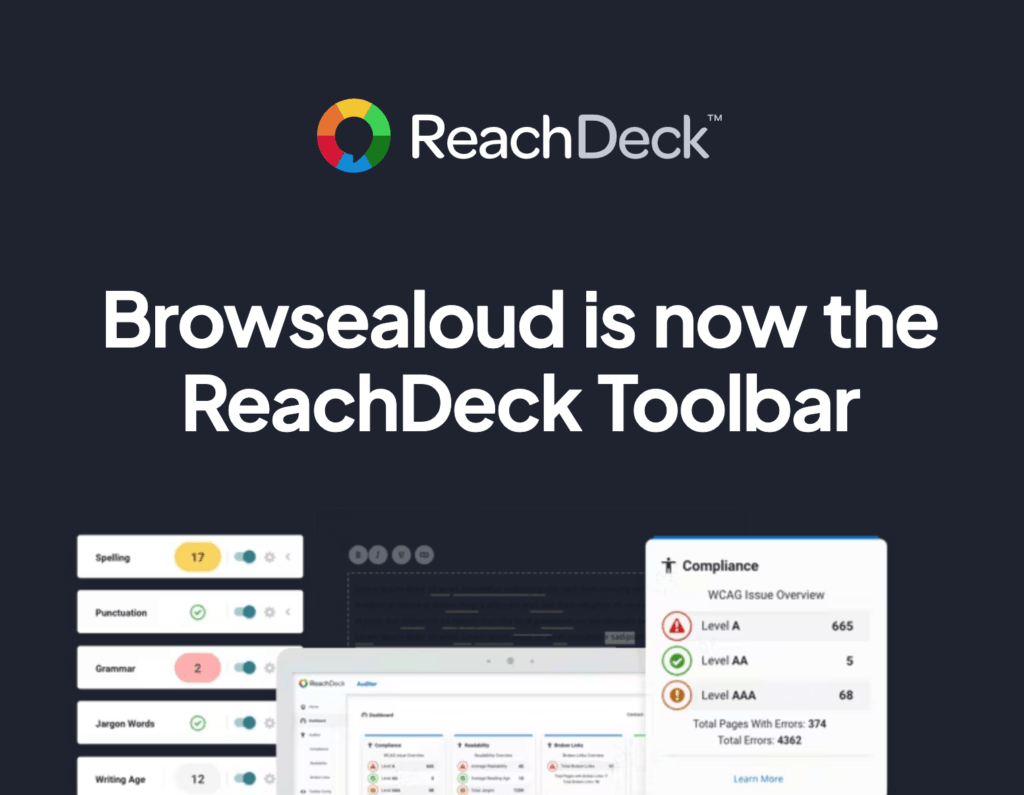
ReachDeck Toolbar is a web page navigation software available for most versions of Windows that is designed to help those with dyslexia and second-language learners browse the internet. The software strips the web page down to its essential text so the user can focus on the text alone. Its text-to-speech feature also comes with a magnifying glass icon that follows the text as it is read aloud.
For more text-to-speech tools, check out this blog post.
2. Speech-to-Text Tools
Google Docs has a feature called “voice typing.” To use voice typing, your computer microphone needs to be on and working. Open a document in Google Docs. Click Tools and then Voice typing. A microphone box appears. When you’re ready to speak, click the microphone.
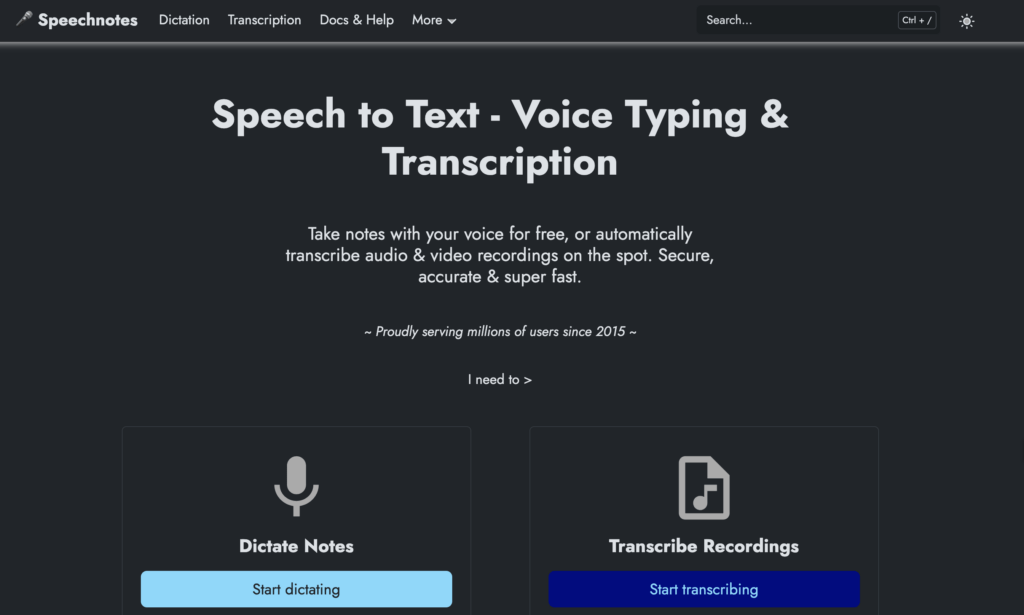
Speechnotes is a web-based speech-to-text tool that allows students to quickly dictate their notes instead of typing them. This will save them time and effort. Some additional features of the tool include transcribing and adding punctuation.
3. Dyslexia-friendly Fonts
OpenDyslexic for Chrome is a chrome extension that overrides all fonts on web pages with the OpenDyslexic font. It formats pages to make them more readable. It was created to increase readability for students with dyslexia.
BeeLine Reader is a tool that uses color gradients to guide the student’s eyes from one line to the next. This can help with reading speed and comprehension. BeeLine Reader also includes a setting option for an Open Dyslexic Font, allowing students with dyslexia to read in an adjusted font.
4. Mind Mapping Tools
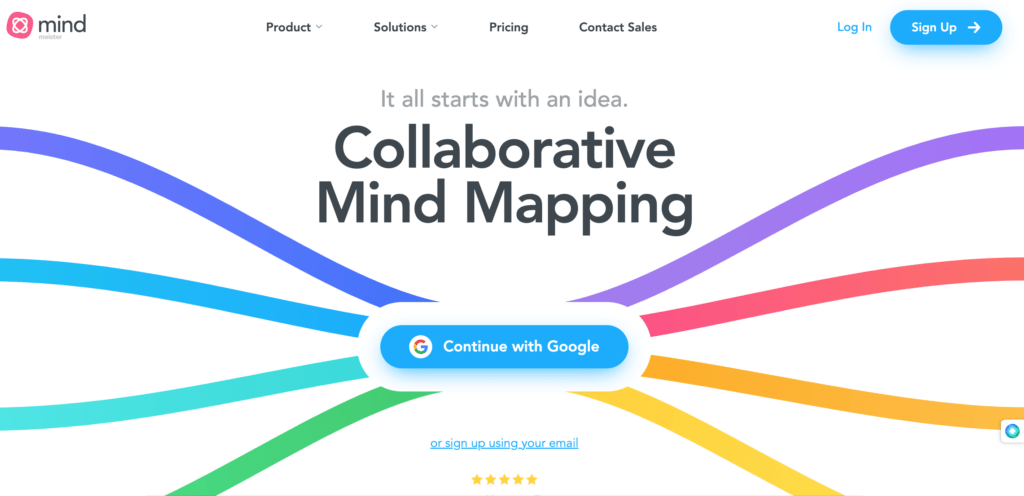
MindMeister is an online tool that enables collaborative mind mapping. It’s excellent for group projects or brainstorming sessions. For dyslexic students, visualizing information can be an effective way of understanding and retaining what they are learning.
Google Drawings is one of my favorite tools. It’s so easy to create a mind map in Google Drawing. Google Drawing allows you to draw shapes, write text, and then connect them. You can add color, images, and even share your mindmap.
5. Audio Books & Bookshare Services
Bookshare is a site that offers text-to-speech audiobooks for students with dyslexia. Students can listen to books, follow along with highlighting, read in braille or large font, and customize their reading experience.
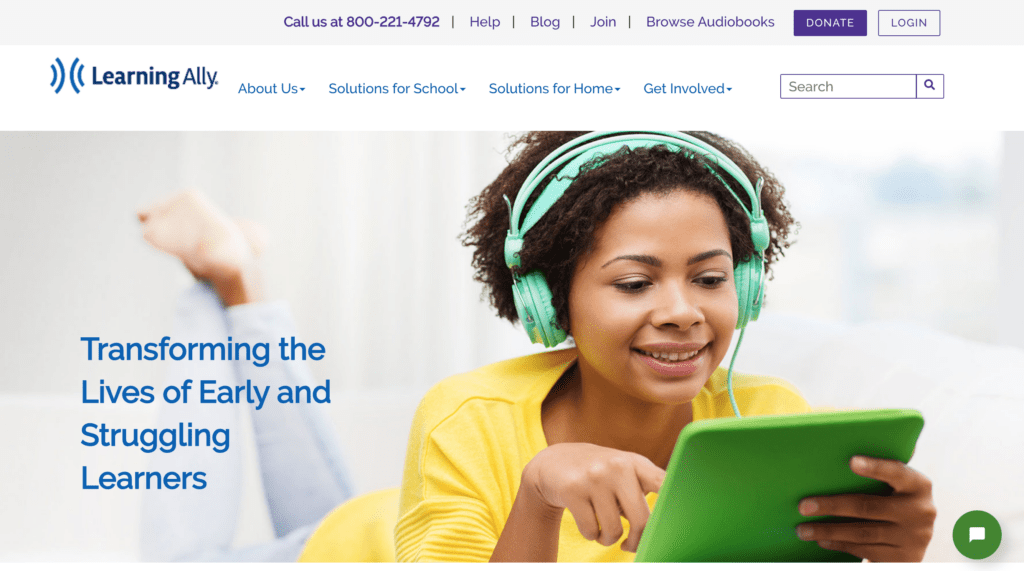
Learning Ally is an excellent resource. It offers text-to-speech audiobooks for students with dyslexia. It offers a plethora of educational texts and literature.
6. Note-taking Apps with Audio Integration
OneNote with Learning Tools offers an ‘Immersive Reader’ mode, which reads out text and highlights it simultaneously, aiding comprehension.
Notability is an app that is beneficial for iPad users. Students can take notes, annotate PDFs, and even record lectures for playback.
These tools can not only offer support for dyslexic students, but they can also help instill a love for learning. Accessibility tools help every student be successful in the classroom. Remember, the effectiveness of these tools may vary from person to person. Therefore, finding which ones work best for each student is essential.

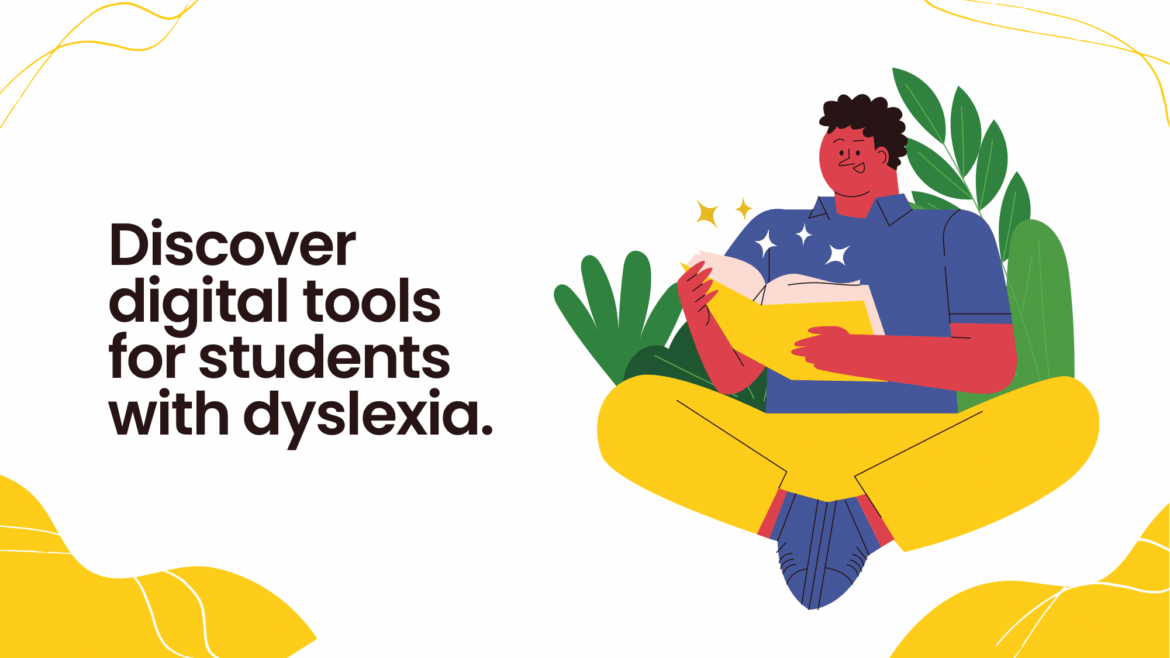
1 comment
Thank you for sharing this insightful article on strategies for individuals with dyslexia who struggle with reading. As someone passionate about supporting those with learning differences, I found the practical tips and resources provided to be incredibly valuable. The emphasis on multi-sensory learning techniques and the importance of patience and encouragement really resonated with me.
For anyone looking for additional strategies and support, I highly recommend checking out this comprehensive guide. It’s a great resource for parents, educators, and individuals with dyslexia seeking effective ways to improve reading skills.